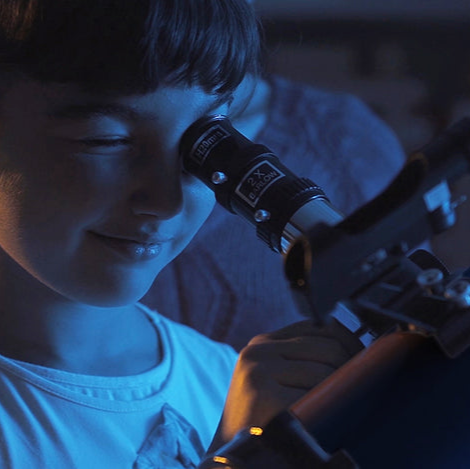What’s Up in the Sky
At any moment of the day, countless awe-inspiring celestial events are unfolding in the sky. With a universe of options, it can be hard to pin down what to observe, what to look into or what to remember. This column will take a peek at what’s happening in the sky and in the world of astronomy in general to provide a quick list of highlights that can jumpstart your own explorations.
January 1st-4th
What to observe:
January 3rd/4th – Quadrantid Meteor Shower Peaks
Although it can be as prolific as the legendary Perseids and Geminids, early January’s Quadrantid meteor shower garners a little less fanfare. The reason for the slight is because the shower’s peak period lasts mere hours so it is much more difficult for observers to find the right timing to truly enjoy maximum meteor levels. Another factor affecting the Quadrantids’ status is the positioning of its radiant point, which is high in the northern sky near the Boötes constellation. This means the best, and possibly only, views are reserved for observers at mid to high northern latitudes. This year’s Quadrantid show, which is predicted to peak by some sources around 2:00 UTC on January 4th (9 p.m. EST on January 3rd), will be particularly challenging due to the interference of the nearly full Moon. Actually catching the Quadrantids limited peak, which can generate a maximum hourly rate of 50-100 meteors, is not the only frustration the annual shower has presented over the years. Unlike most meteor showers that have a clear source, the Quadrantids’ remains hazy. The best theory at this point is that the January phenomenon is caused by the Earth’s passage through debris left behind by asteroid 2003 EH1. Despite all its mysteries and challenges, the abbreviated Quadrantid meteor shower is one that Northern Hemisphere observers should make an effort to catch. To view the show, all you need is your naked eye, a good place to lie down under a dark open sky and patience. Because the Moon will already be presenting a significant light battle, observers will want to take extra care this year in choosing where to view because a dark sky will be vital. Those with unfavorable sky conditions or challenging latitude may want to visit the Slooh Community Observatory’s web site at http://live.slooh.com for coverage of the event. The broadcast will begin at 10 p.m. CST on Sunday (January 4th).
January 4th – Earth Reaches Perihelion
At 6:36 UTC on January 4th, our “pale blue dot” will reach perihelion, which means it will be at its closest point to the Sun for the year.
As an Amazon Associate we earn from qualifying purchases.












Leave a comment
This site is protected by hCaptcha and the hCaptcha Privacy Policy and Terms of Service apply.